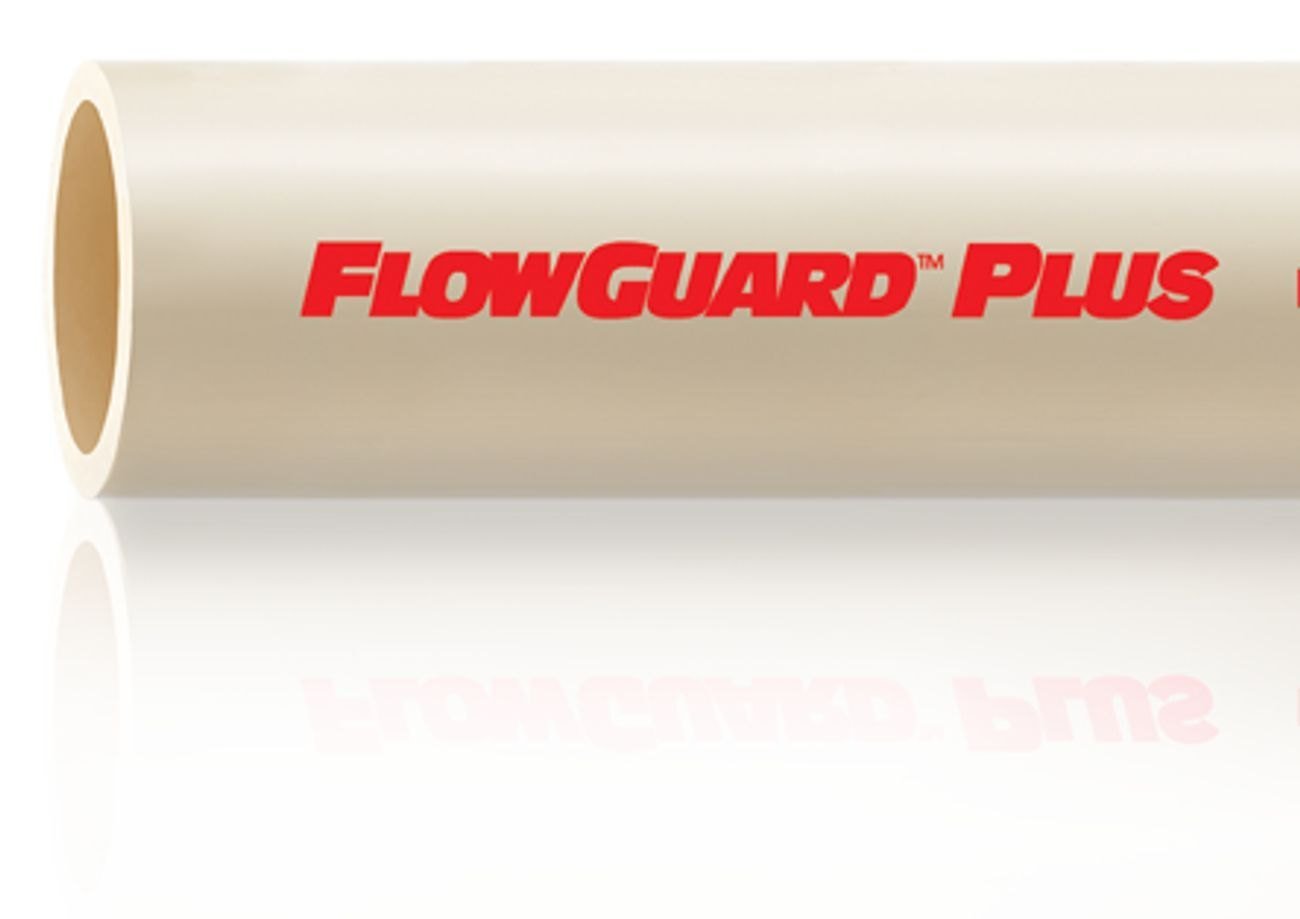
The Science Behind Solvent Cement Cure Times
In the industry of plumbing and industrial piping, the use of Chlorinated Polyvinyl Chloride (CPVC) has become increasingly prevalent due to its reliability and versatility. The use of solvent cement is the key to the effectiveness of CPVC piping systems It is a specialised adhesive that ensures strong, leak-proof joints. However, the true efficacy of this system hinges on a crucial aspect – the cpvc cement cure time. Understanding the science behind the curing time is not just a matter of technical know-how; it's essential for ensuring the longevity, safety, and integrity of CPVC piping installation. This blog on solvent cement cure times will unravel the complexities and factors that influence this vital process, offering insights that are indispensable for professionals and enthusiasts alike in plumbing and piping systems.
Things You Need to Know About Solvent Cement Cure Times
Solvent cement plays a pivotal role in ensuring the integrity and functionality of CPVC piping systems. It's crucial to understand the importance of cure times in the installation process. The solvent cement must thoroughly dry before the pipes are filled with water and tested for leaks. Premature pressurisation or testing increases the risk of damaging the joints, which underscores the importance of adhering to proper cure times.
Understanding How CPVC Solvent Cement Works
CPVC solvent cement is the adhesive used to join chlorinated polyvinyl chloride pipe and fittings. When applied, it softens the pipe’s surface material, allowing them to intertwine and fuse as they are pressed together. This cold fusion of materials is the foundation of a solvent pipe's strength and durability. The solvent's evaporation process is crucial for the joint's stability.
What is Cure Time?
Cure time refers to the period required for the solvent cement to fully evaporate and the joint to harden. This hardening process is known as "curing." When the solvent has completely evaporated, the joint achieves full strength and is ready for pressure testing. This period is critical for ensuring the long-term reliability of CPVC piping systems.
What Affects CPVC Solvent Cement Cure Time?
Several factors influence the cure time of CPVC solvent cement. It's crucial to consult with the solvent cement manufacturer to understand the specific cure times recommended for their product.
- Pipe Size: Cure times vary depending on the size of the pipe, including both diameter and wall thickness. Smaller pipes usually cure faster than larger ones.
- Temperature: Higher temperatures accelerate the evaporation process, reducing cure times. However, in hot, arid climates, it's essential to ensure the pipe and fitting surfaces are moist before joining.
- Humidity: High humidity levels can prolong cure times by reducing the air's capacity to absorb evaporated solvents.
The Advantages of Solvent Cement Welded CPVC Joints
Solvent cement welded CPVC joints stand at the forefront of piping innovation, offering a blend of strength, efficiency, and reliability that is hard to match. These joints, formed through a unique chemical fusion process, provide an array of benefits that extend from ease of installation to long-term cost savings. Understanding these advantages illuminates why solvent cement is the preferred choice for many professionals in plumbing and industrial applications, highlighting its pivotal role in the success and durability of CPVC piping systems.
- Durability: The chemical fusion created by solvent cement ensures a strong, leak-proof joint.
- Ease of Installation: The process is straightforward, requiring minimal tools and expertise.
- Cost-Effectiveness: Compared to other joining methods, solvent welding is more cost-effective due to lower material and labour costs.
- Versatility: Suitable for a wide range of applications, from residential plumbing to industrial systems.
Make a Wise Choice for all Your Plumbing Needs
Understanding the science behind solvent cement cure time is essential for the successful installation of CPVC piping systems. By considering factors like pipe size, temperature, humidity, and recommended cure times, one can ensure the durability and reliability of their CPVC cemented joints. With its numerous advantages, CPVC solvent cement remains a preferred choice for many piping applications.
Frequently Asked Questions on Solvent Cement Cure Times
- Are CPVC Solvent Cement Joints Strong?
Yes, CPVC solvent cement joints are known for their strength and durability. When properly applied, the solvent cement chemically fuses the CPVC pipe and CPVC fitting together, creating a bond that is often stronger than the pipe and fitting itself. This chemical fusion results in a seamless and robust joint, ensuring a reliable and long-lasting connection that can withstand various pressures and temperatures common in plumbing and industrial applications.
- Is CPVC Solvent Cement Waterproof?
Absolutely. CPVC solvent cement is designed to be waterproof, making it ideal for plumbing and other applications where water resistance is crucial. Once cured, the joint becomes impermeable, preventing any water leakage. This waterproof nature is one of the reasons why CPVC piping systems are commonly used in both residential and commercial water supply lines, as well as in other applications where exposure to moisture is a concern.
- Is Solvent Cement Flammable?
Solvent cement can be flammable in its liquid state due to the solvents it contains. However, once the solvent cement has fully cured and the solvents have evaporated, the joint itself is no longer flammable. It's important to handle solvent cement with care, ensuring proper ventilation and keeping it away from open flames or heat sources during application and curing. Safety data sheets provided by the manufacturer typically offer specific guidance on handling and storage to minimise any fire risk.

Prasenjit Misra
Prasenjit Misra, an accomplished professional, having extensive exposure in plumbing field, currently holds the position of Lead Demand Creation & Business Development of TempRite South Asia division at Lubrizol India.
